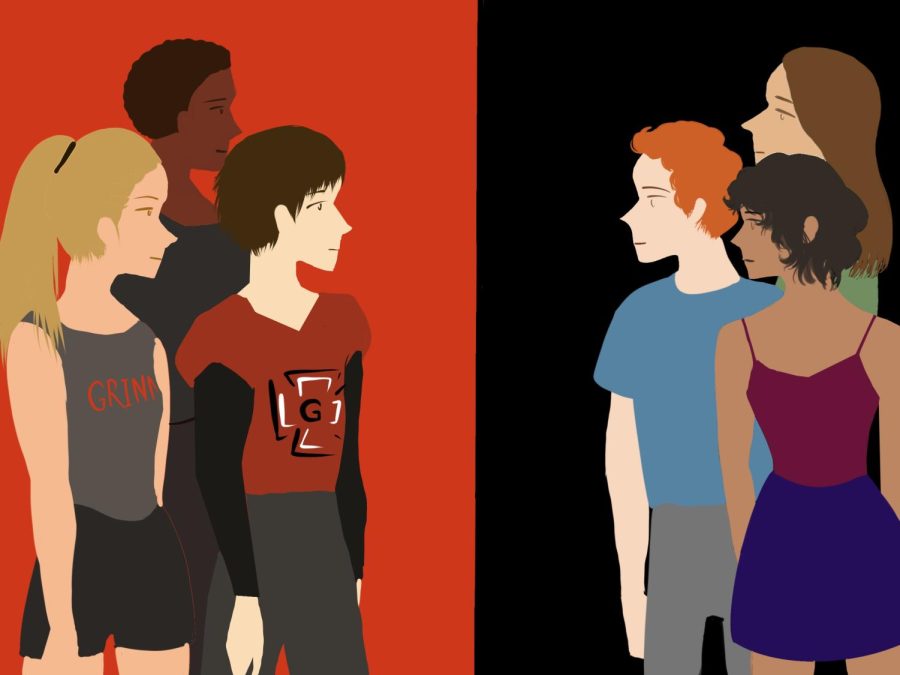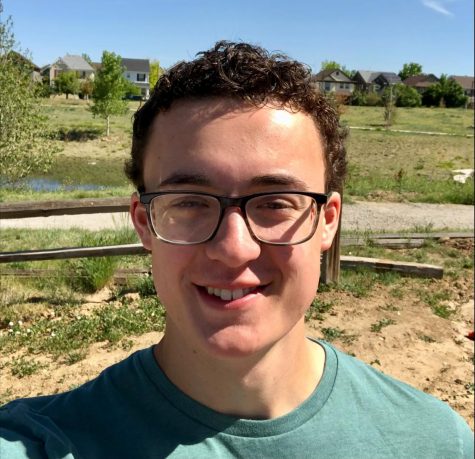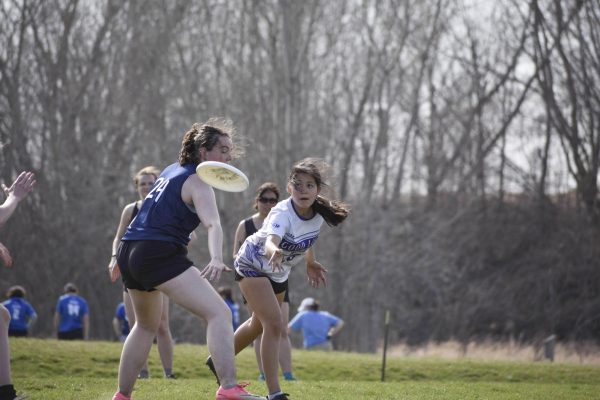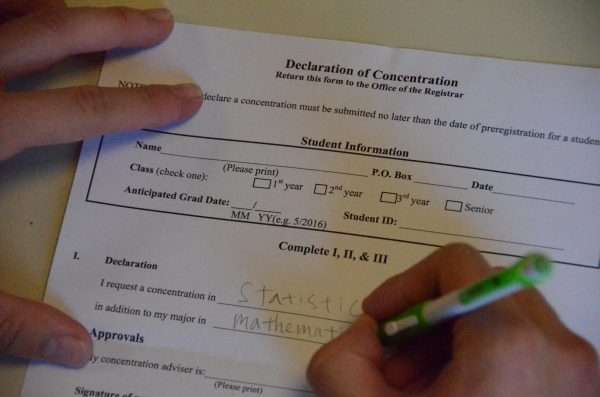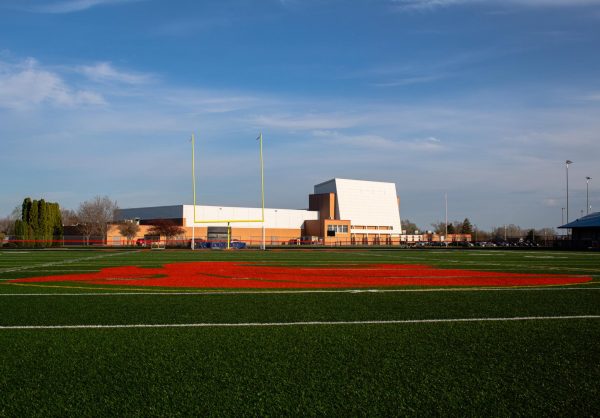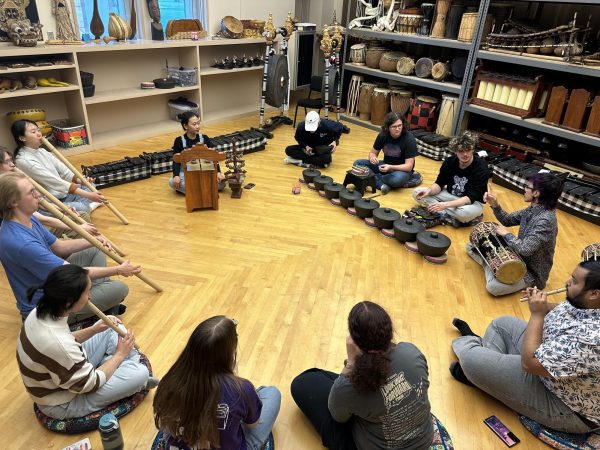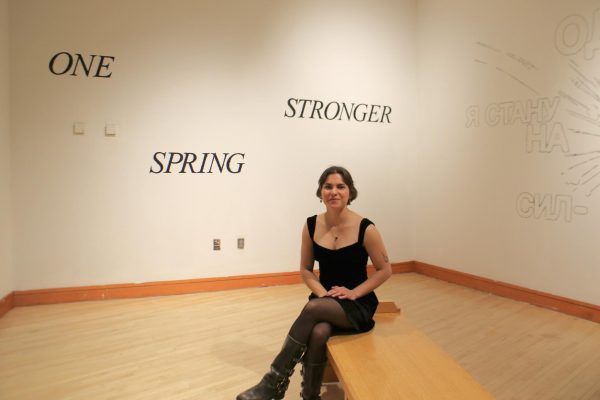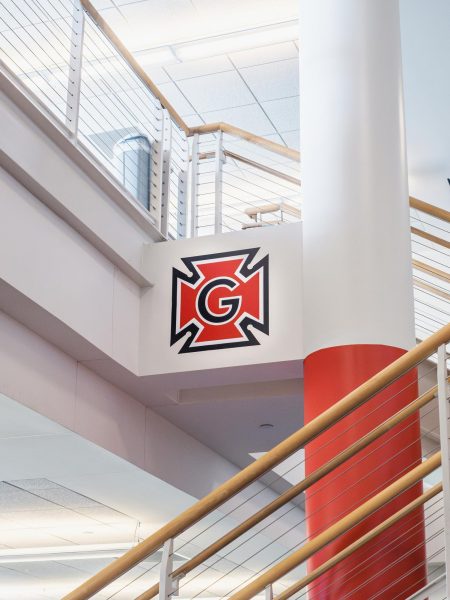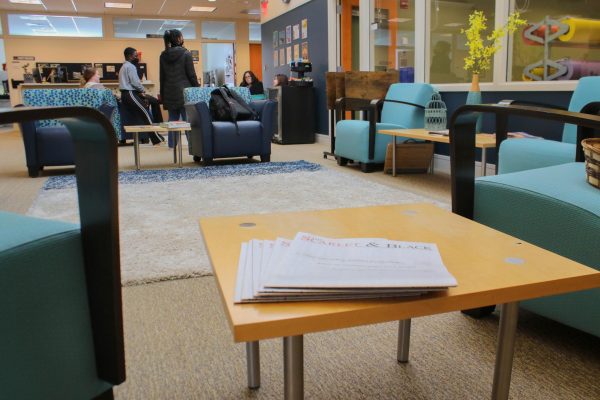An investigation into the social divide on campus: Athletics in admissions and recruitment
October 31, 2022
When I think of athletic recruit- ment, I think of the 2019 college admissions scandal. Commonly known as Operation Varsity Blues, wealthy families paid exorbitant sums to guarantee their children spots at elite universities, often taking advantage of an already-dubious Division I athletic recruitment system.
Grinnell and the University of Southern California’s athletics programs have little in common. But as I started investigating Grinnell’s social divide between athletes and non-athletes, I wondered if this feature of college life might originate before students step foot on campus. What if the admissions and recruitment processes draw from certain populations more than others, leading to a demographic or cultural imbalance between athletes and non-athletes? What if they enable the social divide in some other manner? I couldn’t answer these questions alone, so I talked with staff in the athletics and admission departments to better un- derstand.
Having played football here in the 80s, coached football, basketball and tennis teams, and served as the director of athletics and recreation since 2016, Andy Hamilton `85 is well-acquainted with Grinnell athletics. In our talk, he focused on the value of creating a diverse, inclusive, educational culture within the athletics department.
“It’s all about helping our students mature,” Hamilton said. “It’s not just about the Saturday at 1 p.m. football game and who wins that.”
In particular, Hamilton highlighted the social benefits of belonging to a team.
“If someone comes and commits to being a varsity athlete at Grinnell, they have a built-in affinity group the day that they pay their deposit,” he told me. That affinity group expands through years of shared practices and games, early-morning workouts and team dinners and can persist beyond Grinnell. For instance, Hamilton’s undergraduate football teammates are his “best friends in life,” he said. “Right now.”
I also talked with Sarah Fischer, the assistant vice president of admissions. She stressed the differences between Division I recruiting, which often supersedes the regular admissions process, and Division III recruiting, which constitutes only one part of a nuanced affair. Prospective athletes are subject to the same admissions process as all applicants.
“There’s nothing different that we’re taking into consideration,” Fischer explained, characterizing athletic talent as similar to musical talent. Unlike musical talent, however, Grinnell coaches convey information to admissions about potential athletes — information gained from the recruitment process.
In brief, the recruitment process takes two forms: students reach out to the school, and the school reaches out to students. If students want to initiate, they can enter data including their age, GPA, test scores and athletic statistics into an online form, accessible through the Grinnell athletics website (pioneers.grinnell.edu). They can also demonstrate interest through the College Board, the nonprofit that administers standardized tests.
If Grinnell wants to contact students, it buys information about interested students from the College Board. The College then sends emails, letters and brochures, which include messages about athletics. Additionally, the College deploys coaches on recruiting trips to camps, combines and other events designed to highlight high school athletes. These coaches cross-reference the College Board data and connect with potential applicants attending the events.
These recruitment tactics target some populations over others. For example, many high school students outside the U.S. are not registered with the College Board. They are also less likely to attend sporting camps in the U.S. where coaches can watch their performance. With two of the three gateways for recruitment closed, it would seem that international students might have more difficulty joining athletics at Grinnell. Indeed, international students are underrepresented in the athletics department. However, Hamilton said that the college has lessened this gap in recent years.
Likewise, athletes are more likely to be male compared to the College’s overall demographics. According to data from the school’s Equity in Athletics Disclosure, there are 266 participants on men’s sports teams and 175 on women’s teams. Outside of athletics teams, the College has a “male enrollment” of 543 students and a “female enrollment” of 725 students. While recognizing that this oversimplifies the school’s gender dynamics, it’s clear that athletes are majority male and non-athletes are majority female.
Perhaps these population differences contribute to a social divide between athletes and non-athletes, particularly when considering Hamilton’s theory about affinity groups. If students flock to people with similar interests and experiences, of course social circles would arise containing primarily athletes or primarily non-athletes. Especially since certain sports are more popular in certain countries — like football in the U.S. — or regions of countries — like baseball in the U.S. Sun Belt — it’s possible that sports team members share overlapping traits and interests. The theory seems plausible.
On the other hand, Fischer cau- tioned against reading too far into these statistics. Referencing the proportion of athletes who identify as POC, she called student-athletes a “microcosm of the student body.” When I asked if the admission department views sports as a tool for recruiting diversity or an obstacle against it, she hesitated to take either side. “It really is just how the chips fall,” she said.
In talking with Fischer and Hamilton, I didn’t find a clear answer to the origins of the social divide. Instead, I encountered the murky boundary between athletic recruitment and standard application which, coupled with the notoriously opaque world of college admissions, leaves ample room for debate. The demographic differences between athletes and non-athletes may contribute to this social divide, but I’m unconvinced that something so extensive, so ingrained within the fabric of the school, stems from a mere difference in proportions. Affinity groups appear consequential in creating this divide, but I can’t disentangle the admissions process from other factors leading to such groups.
Going forward, then, I’d like to better understand these affinity groups. Where and when do they emerge? How do they include or exclude (or both)? For my next installment, I’ll talk with student-athletes about their thoughts and experiences.




























































